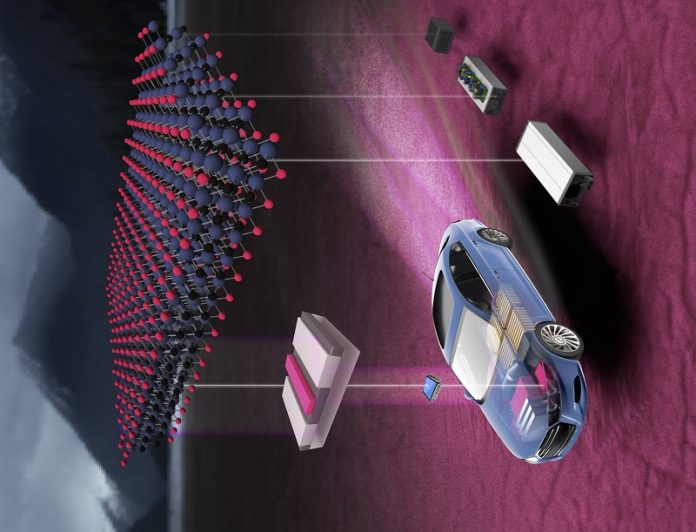
Computers may seem complicated, but at their core, they are really just made up of lots and lots of electronic switches.
These switches turn on and off in a particular order to process digital information. Thanks to technology, these switches have become tiny and super fast.
A material called gallium nitride could make these switches even faster.
Why? Because electrons, which help carry electrical charge, can zoom through this material really quickly.
That’s why gallium nitride is used in high-speed devices, like mobile phone chargers, 5G base stations, and even radar and satellite communications.
But there’s a challenge. To operate these switches (also called transistors), they need to be connected to electricity, and this can cause issues.
These connections, known as Schottky gates, can allow too much electrical current to flow, even when the switch is supposed to be off. This can cause the device to consume a lot of power and limit the voltage it can handle before it breaks down.
A team of scientists, including Chuanju Wang from Xiaohang Li’s team and Xiangming Xu from Husam Alshareef’s team, found a way to solve this problem.
They discovered that using a super-thin, metallic material called MXene for the Schottky gates can minimize these issues. This discovery was published in a journal called Advanced Materials.
Normal metals used for making these electrical connections with gallium nitride can create defects, which can trap electrical charge and make it harder to control the switches.
But Wang explained that their new 2D MXene material interacts differently with the semiconductor, reducing these defects and trapped charges.
The scientists built a transistor using this MXene and found that when the switch was off, the electrical current was incredibly small, much smaller than when the switch was “on”. This was a big improvement over using traditional metals like nickel and gold.
Now, they plan to test this MXene material with other types of transistors. Professors Li and Alshareef are really proud of the work that Wang and Xu have done.
They credit the success of this project to their creativity and hard work. In the future, this could lead to faster computers that use less energy!
Follow us on Twitter for more articles about this topic.



